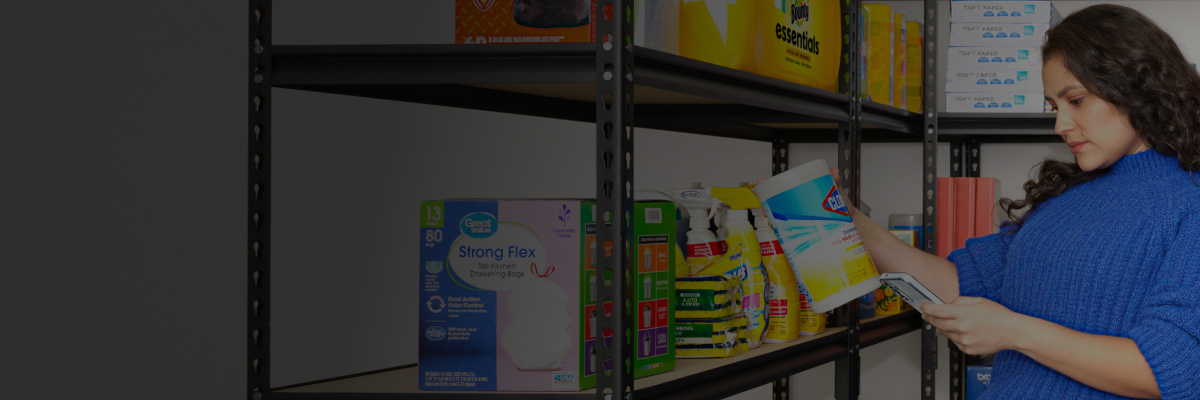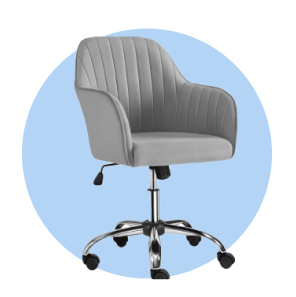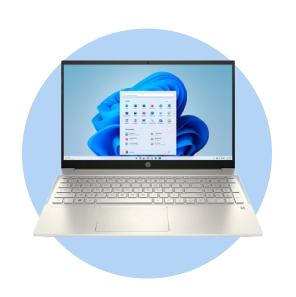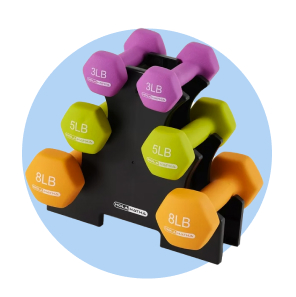
Standard Paper Sizes: 3 of the Most Common Dimensions
Find the right size with ISO 216
If your business operates internationally, you’ll find that the standard paper size can vary dramatically from country to country, and from region to region. Here’s what you need to know about the sizes of paper you’re most likely to encounter so you can print and publish with confidence just about anywhere in the world.

The American National Standards Institute (ANSI) determines paper size for the United States and Canada, while the International Organization for Standardization (ISO) does so for Europe and Asia. Applying North American printing parameters to European and Asian documents, or vice versa, could result in costly mistakes.
Instead, professionals in the printing, publishing and graphic design industries should familiarize themselves with the ISO 216 standard. ISO 216 dictates the size and dimensions for many common types of paper in two categories: the A-series and the B-series. This blog will explore the similarities and differences between those series, as well as which sizes of paper you’re most likely to encounter in everyday work.
If you’re looking for information about North American paper sizes and standards, check out Paper Sizes: A Comprehensive Guide for Businesses.
What is ISO 216?
ISO 216 sets the standard paper size for most printed documents in Europe and Asia. While the standard describes more than 20 different document sizes, the relationship between them is easy to understand.
There are two different standards within ISO 216: the A-series and the B-series. In the A-series, the default paper size is A0, which measures 841 x 1,189mm, or just about one square meter. A1 is exactly half the size of A0, measuring 594 x 841mm. A2 is exactly half the size of A1, and so forth, all the way up to A10:
Name | Size (mm) |
A0 | 841 x 1,189 |
A1 | 594 x 841 |
A2 | 420 x 594 |
A3 | 297 x 420 |
A4 | 210 x 297 |
A5 | 148 x 210 |
A6 | 105 x 148 |
A7 | 74 x 105 |
A8 | 52 x 74 |
A9 | 37 x 52 |
A10 | 26 x 37 |
The B-series works exactly the same way, but its overall proportions are different from the A-series:
Name | Size (mm) |
B0 | 1,000 x 1,414 |
B1 | 707 x 1,000 |
B2 | 500 x 707 |
B3 | 353 x 500 |
B4 | 250 x 353 |
B5 | 176 x 250 |
B6 | 125 x 176 |
B7 | 88 x 125 |
B8 | 62 x 88 |
B9 | 44 x 62 |
B10 | 31 x 44 |
You can also get larger versions of the A- and B-series. 2A0, for example, is twice the size of A0, while 4B0 is four times the size of B0. You could theoretically make smaller sheets as well—A11 would be half the size of A10. However, it’s not usually practical to print items this small.
Most ISO 216 paper sizes have similar counterparts in ANSI. A4, for example, is the most common type of paper for printing everyday office documents. In imperial units, it measures 8.3 x 11.7 inches. That’s just about the same as the 8.5 x 11-inch “letter” paper, which is North America’s regular printing paper size.
Similarly, the 9.8 x 13.9-inch B4 in ISO 216 is comparable to the 8.5 x 14-inch “legal” document in the U.S. Still, it’s worth reformatting documents if you have to switch between ISO 216 and ANSI paper. Otherwise, important details could get cut off at the margins.
For more details on business use cases for each type of paper, read 7 Types of Paper and What They’re Used For.

Standard paper sizes in ISO 216
A4 is, far and away, the most common type of printer paper in ISO 216—and possibly the whole world. Beyond that, the types of paper you’re likely to see depend on the industry you’re in and the projects you work on. All ISO 216 sizes are widely available, especially since you can make your own by simply halving larger sheets. You may encounter some of these standard paper sizes when dealing with European and Asian clients:
A4
A4 defines the standard printer paper dimensions in Europe and Asia. Measuring 210 x 297mm, or 8.3 x 11.7 inches, it’s the default size for both work and personal documents. If you need “regular” ISO 216 printer paper, this is it. You can use A4 for virtually any application, in virtually any industry.
A8
A8 is the regular paper size for business cards, making it a common sight outside of North America. This type of paper measures 52 x 74mm, or 2 x 2.9 inches. Businesses can also use A8 paper to create labels and paper identification cards. If you need to create a document that easily fits inside a wallet, A8 is a good place to start.
B5
B5 is the typical paper size for many notebooks. At 176 x 250mm or 6.9 x 9.8 inches, this type of paper fits easily into a purse or small backpack, making it a good fit for the publishing and professional printing industries. Expect to see B5 come up a lot if you produce, buy or sell stationery.
Get the paper sizes you need with Walmart Business
Whether you need A4 paper for European clients or letter paper for North American ones, Walmart Business can help. Sign up for a free Walmart Business account and you’ll be able to buy office supplies in bulk as well as view your order history for both online and in-store purchases. You can share your account between multiple users and save your preferred payment options.
If you already have an account, then you can upgrade to a Walmart Business+ membership. With it, you’ll get free shipping on products from Business.Walmart.com1 and free delivery from nearby Walmart stores on orders of $35 or more.2 You’ll also earn 2% in Walmart Business rewards on orders of at least $250.3 All of these benefits combined could save your business more than $500 per year.4


Limited-time offer
Unlock your special promo code
Stay informed on Walmart Business news & get $20 off a $100 purchase!1
1Minimum order of $100. Promo code can be used one time & may not be combined with other offers. Offer not transferable & void where prohibited by law. Customer responsible for all applicable taxes. Offer expires 12/31/2025 at 11:59pm PT. Further restrictions apply. See terms at checkout for details. Promo code offers available in limited quantities. While supplies last.
1 Excludes most Marketplace items, freight and certain location surcharges.
2 Restrictions apply.
3 Rewards can only be used toward future purchases on Walmart Business. Additional terms apply.
4 Savings based on 1 free $35+ delivery order vs. $9.95 fee and 1 free shipping order under $35 vs. $6.99 fee biweekly, plus 2% Walmart Business Rewards on monthly order >$250 (average value of $400).
Exciting news awaits
Hear firsthand about new products, features & promotions.
By clicking submit, you agree to receive emails about Walmart Business and acknowledge you have read and agreed to our Terms of use and Privacy Policy.










